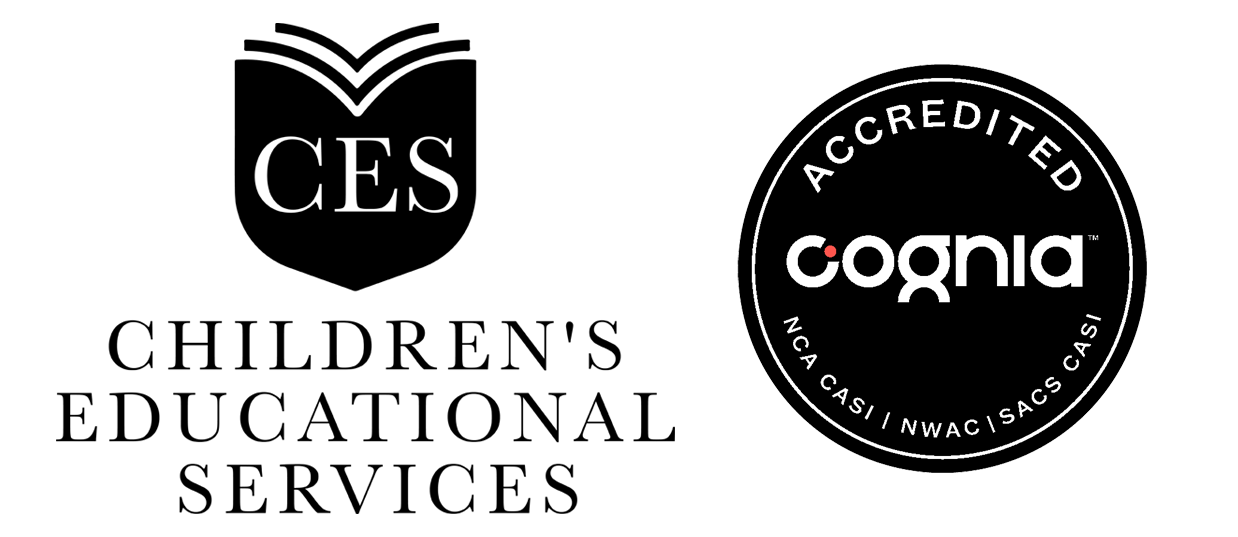Your child’s education is likely one of your top priorities as a parent.
But unfortunately, the amount of control you have over your child’s education can largely depend on where you live. Traditionally, where you send your child to school is dictated by schools assigned to you based on the neighborhood boundaries you live within. Where school district lines are drawn can divide communities in half, and where your home is located can determine the quality of education your child receives. Even if you live right on the border of a school district, you may be forced to send your child to an undesirable school. Even worse, your child’s grades may start to suffer because they are not receiving the care and attention they need.
If you are part of the large number of American families in the low to middle class, your options are even more diminished as financial constraints limit your ability to send your child to a quality private school.
Multiple studies show that the majority of children born into the poorest of neighborhoods are most likely to not only remain in those neighborhoods throughout adulthood but are also likely to move down at least one economic level from their parents.
Education may be the single most effective contributor to mobility from these neighborhoods that suffer high crime rates, unemployment and community health issues. Neighborhood schools struggle with the very same issues of crime and lack of safety, sometimes impacting the time allotted to instruction and achievement.
This can all contribute greatly to family stagnation and a chronic cycle of immobilization.
Not only does school choice increase academic achievement but it has been shown to drastically reduce cases of racial and economic segregation. The National Bureau of Economic Research completed a study which found that among children of low socio-economic status the ability to participate in school choice programs ultimately, increased secondary school completion rates by 15–20 percent. Additionally, school choice just naturally turns segregated schools into less segregated schools because students have the opportunity to attend schools outside of their neighborhoods.
Granting parents the freedom to send their children to the school of their choice, regardless of address, levels the education playing field. Charter schools achieve this by offering unique educational options for all families, regardless of neighborhood or income level.

Public charter schools force usually assigned neighborhood schools to compete for students in the same way that businesses have to compete for customers. Great public charter schools require neighborhood schools to do something they have never had to to do before: demonstrate their greatness in order to attract families to attend. Public charter schools create a dynamic of change to the quality of all schools.
Increased competition leads to greater outcomes, where schools can more brightly shine. As schools are forced to compete, the educational outcomes for students begin to climb. This competition has started to spread from city to city as the idea of school choice grows.
See if a CES School lives in your city
In this system the parent has the freedom to choose where the educational modality for their children, not limited to the school neighborhood in which they live. Federal and state money follows the student, no matter where they attend and each child receives funding that their parents can direct to the school of their choice –even private and charter schools, even schools across town. This creates new opportunities for students of all backgrounds.
This exercise of choice demonstrates a pure characteristic of a democratic society as one that offers many benefits to its citizens and gives them freedom to make choices about their lives, to develop their potential as human beings and to live free from fear, harassment and discrimination.
We are no longer serving a student population from many years ago.
Students today need and prefer all the different modalities and choices of education that the industry can provide. It’s up to all of us to meet that challenge, and who knows, maybe even work together to do so.
Source: Method Schools


